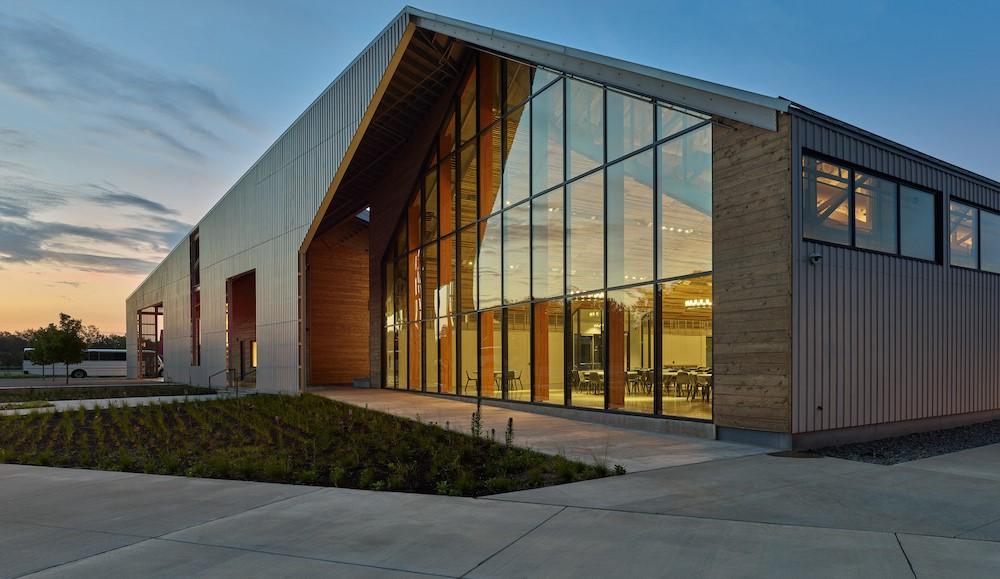Her timing is good, to say the least.
Bridgette Meinhold holds an undergraduate degree in mechanical engineering from San Diego State and a master’s in civil and environmental engineering from Stanford. She’s also the architecture editor for Inhabitat, the online design, technology and sustainability blog.
Now she’s the author of “Urgent Architecture,” a book dedicated to 40 housing solutions for a rapidly changing world. It’s a response to the demand for livable homes within the context of natural disasters – for use after events like Katrina or Sandy, or even built to withstand such destructive forces.
“It’s meant to alert people and to save lives,” she says. “People need to be aware of their options, and implement them.”
Her book is broken up into five chapters, covering emergency shelter, temporary shelter, prefabricated homes, affordable housing, and adaptable housing. She surveys successful structures as well as some that are still being developed. Each is affordable, sustainable and quickly deployable.
“It’s a resource – about why housing can save us from disasters like coastline changes, population growth and refugees from wars,” she says. “These are things that could happen, and designs that could help us before people start dying.”
Because of differences in climate, location, culture and event there’s no cookie-cutter or one-size-fits-all solution. “It takes people who are aware of their surroundings to design for their surroundings,” she says.
She started working on the 250-page book in 2009, following along after a number of natural disasters and observing a wide variety of responses. Through Inhabitat, she began to see the workable solutions that emerged.
“I saw prototypes,” she says. “And I wanted to show projects that existed and could be replicated.”
She’s done precisely that, with a book that explores disaster-proof, environmentally friendly housing solutions for a changing climate.
For more information, go to http://books.wwnorton.com/books/978-0-393-73358-7/
[slideshow id=851]


